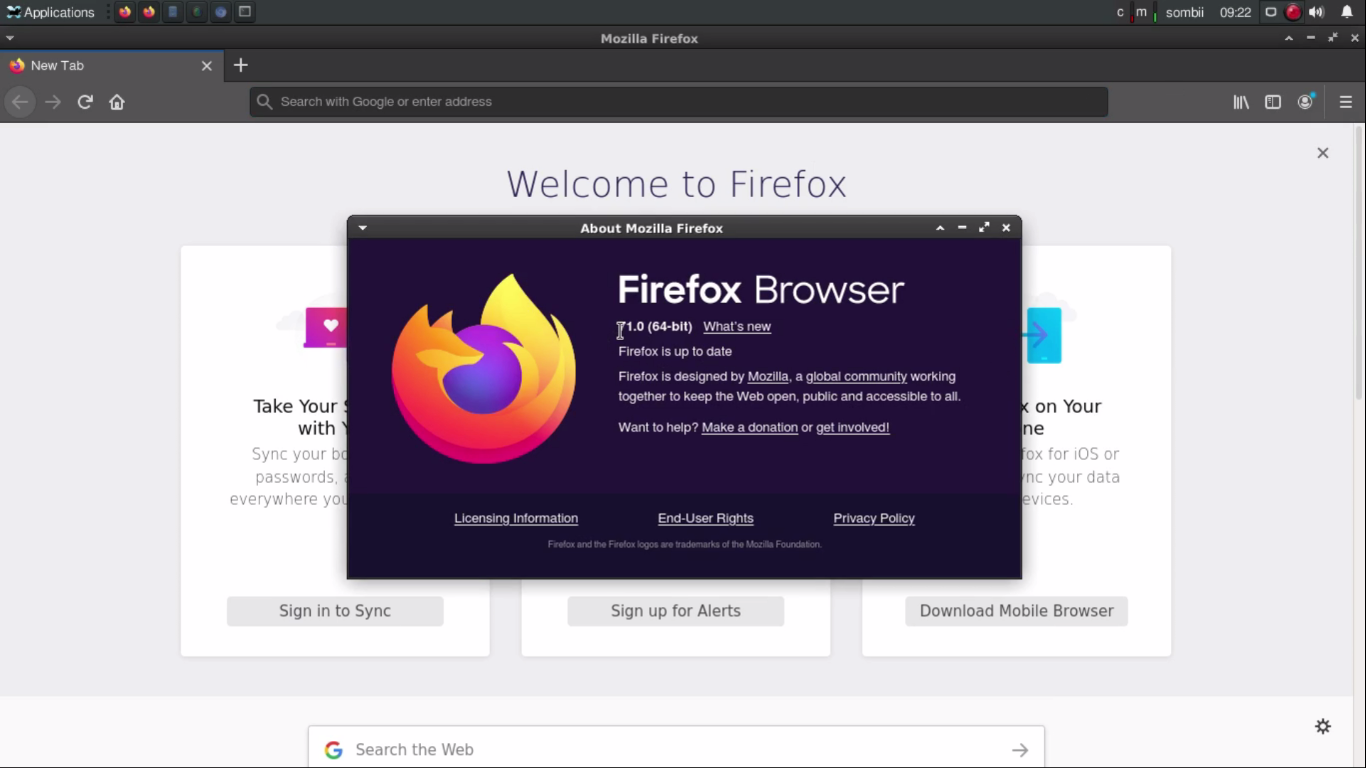


To answer, it's certainly possible to initiate the installation of a Linux distribution from an existing OS via ssh. To clarify your original question, by "small server", I'm guessing you don't mean server class hardware with additional features that let you simulate an attached CD-ROM or get remote console access out-of-band, correct? It's just a desktop PC being used as a server? In other words, add a cd drive or something. It will be an interesting educational experience, but since you have physical access, you'll probably get a quicker, better result by working out how to remove the constraint that means you can't use a more typical installation process. Having said all that, this is not trivial and if you don't have a good understanding of how things work, you're unlikely to get it right the first time. Gentoo's installation handbook makes it quite clear all you would need to think about would be the sections on 'preparing your disks' and 'configuring your bootloader'.

I have done this in the distant past with slackware, gentoo, linuxfromscratch and others, but I think it can be done, without too much effort, with most modern linux/BSD distributions.įor example, in Slackware's setup you can specify a 'target' which by default is /, but you would set it to where you had mounted your secondary filesystem. This was much more common in times past (perhaps 10 years or more ago) than it is now, and if you search you will find discussion of exactly this. The way to achieve your goal, without having the ability to boot from cd/network/external device, is to use the existing installation to install a fresh OS to another filesystem and then, once you're done, tell the bootloader to boot to the new filesystem.


 0 kommentar(er)
0 kommentar(er)
